AE2001 Fundamentals of ecology / 8 Physical habitat
1/26
There's no tags or description
Looks like no tags are added yet.
Name | Mastery | Learn | Test | Matching | Spaced |
|---|
No study sessions yet.
27 Terms
Liebig’s law of the minimum
Distribution & abundance of a species determined by environmental factor for which it has narrowest tolerance range.

Optimum range
Environmental conditions in which organism thrive, minimal stress & maximum growth, survival & reproduction.
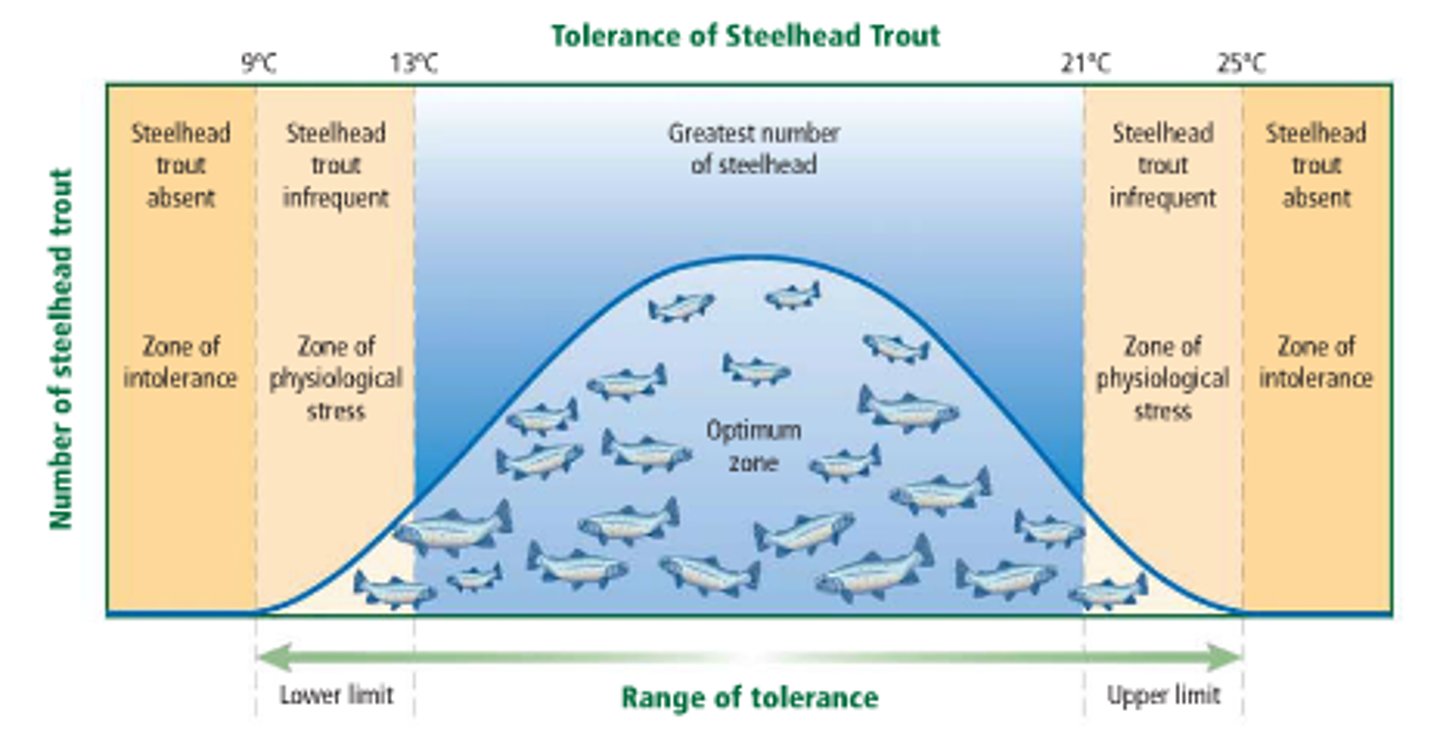
Realised optimum range
Actual range a species occupies, narrower than physiological tolerance due to competition, predation, or other biotic interactions.
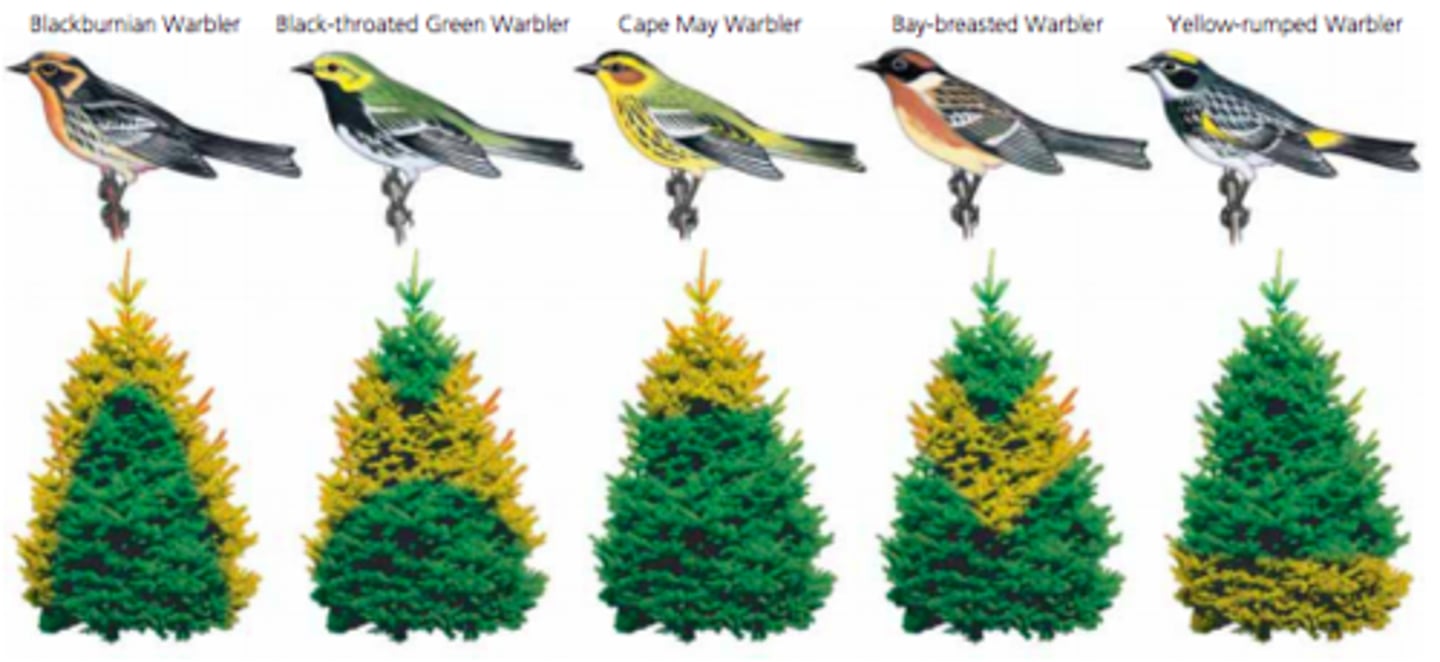
Competitive ability
Capacity of an organism to acquire resources & outcompete others in same ecological niche.
Low temperature effects
Reduces metabolic rates, slows enzymatic activity, limits growth & reproduction, frost stress in plants.
High temperature effects
Denatures proteins, disrupts cellular processes, increases evaporative water loss, induces heat stress.
Endothermic organisms
Organisms that generate internal body heat: maintain stable internal temperature & stay active in cold environments.
Example: mammals, birds
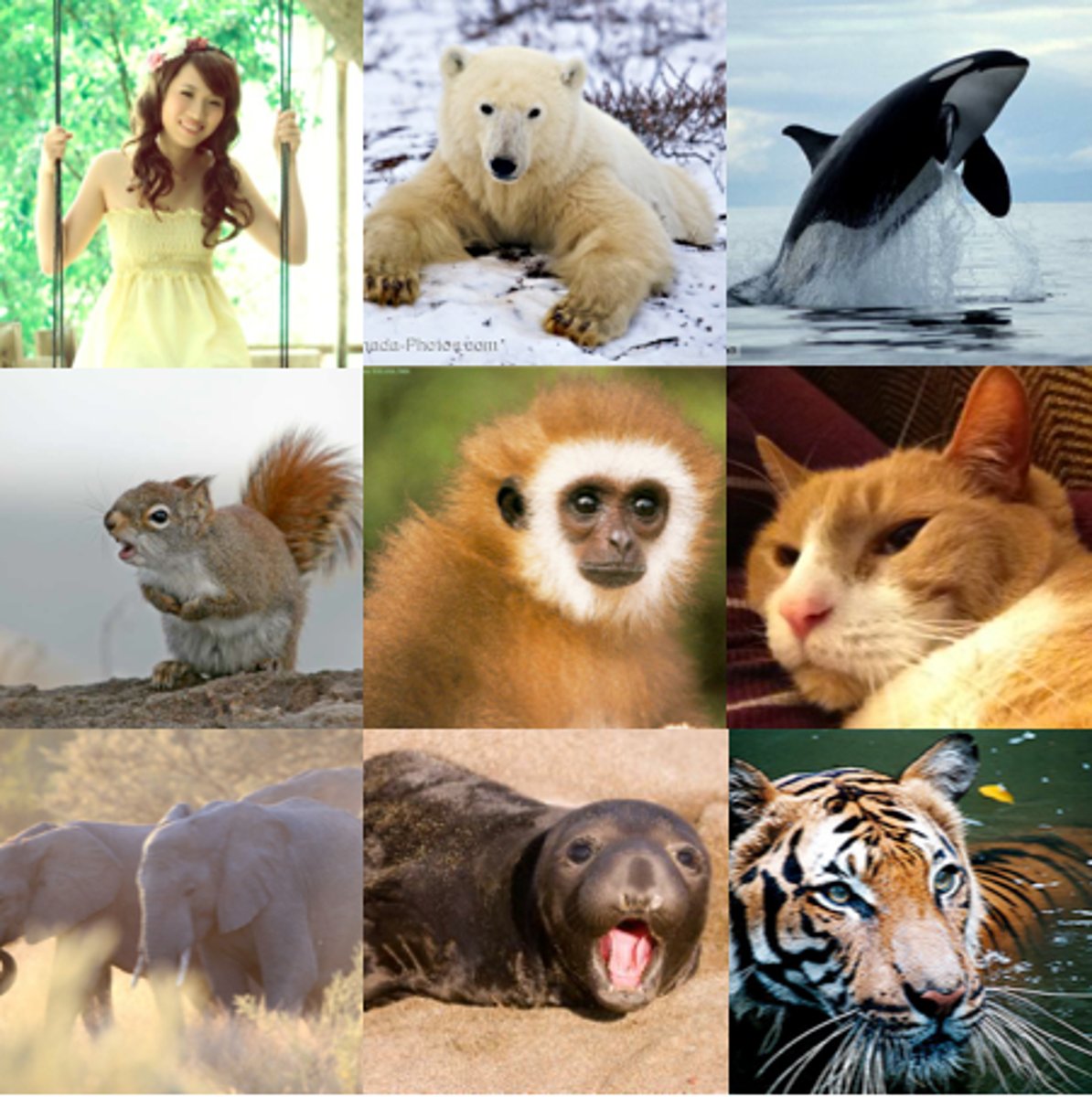
Ectothermic organisms
Organisms that rely on external heat sources & adjust activity levels based on ambient temperatures.
Example: reptiles, amphibians
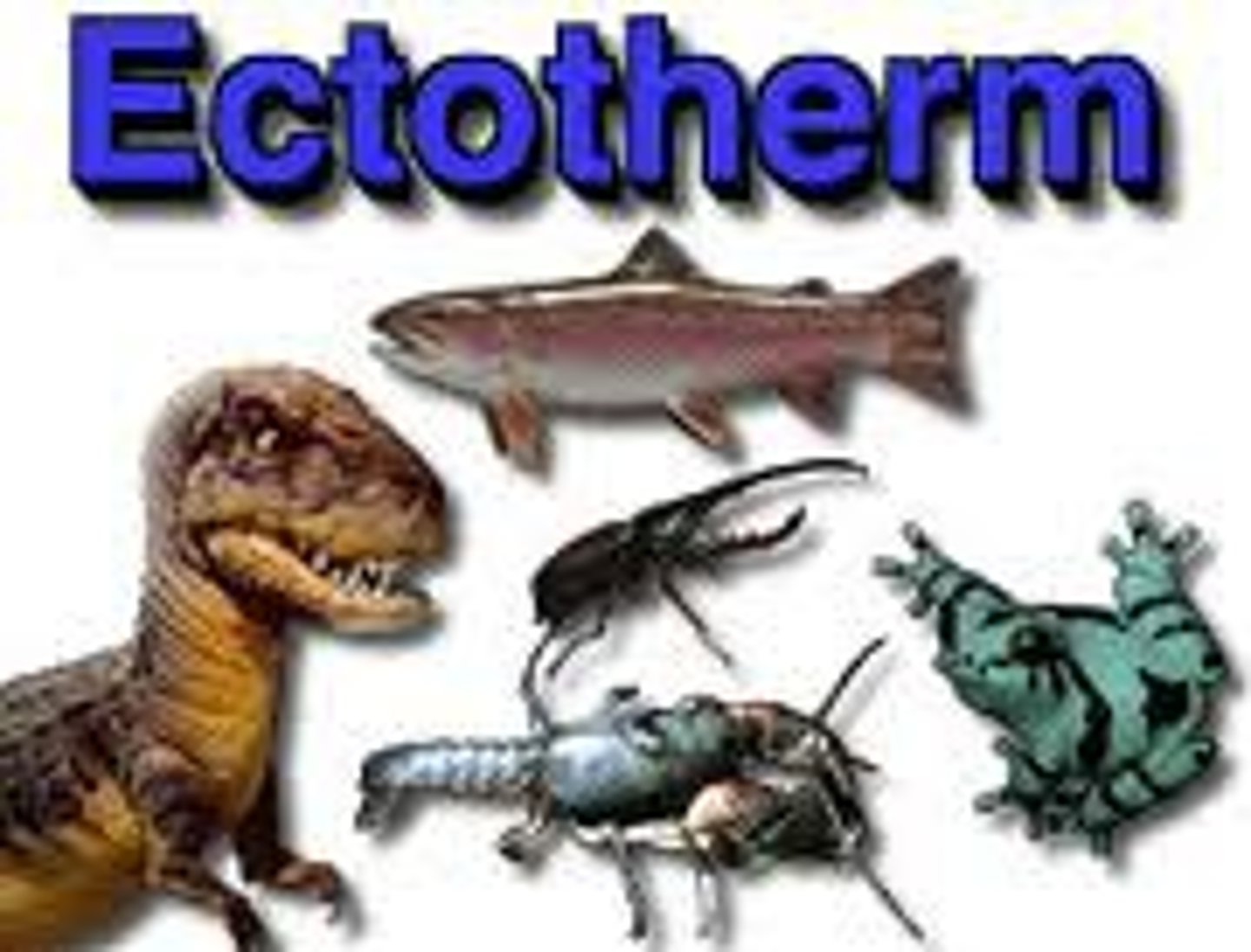
Gigantothermic organisms
Retain heat due to low surface-area-to-volume ratio, can stay warmer than environment without actively regulating their temperature. (Not fully endothermic)
Example: elephants/ large turtles/ Great white shark
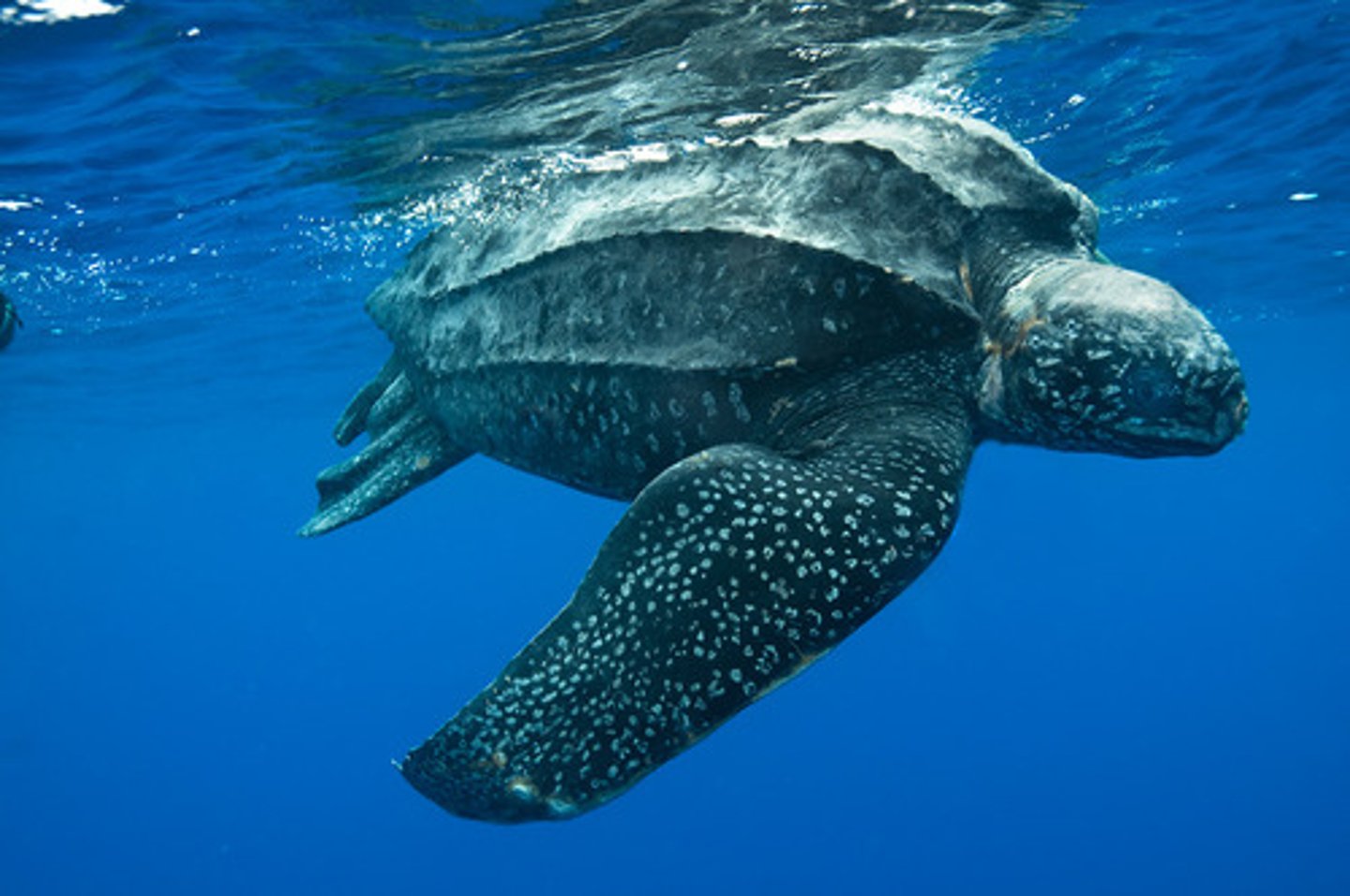
Mesothermic organisms
Partially regulate body temperature, not as consistently as true endotherms. Temperature somewhat internally regulated.
Example: Bluefin tuna, some fish.
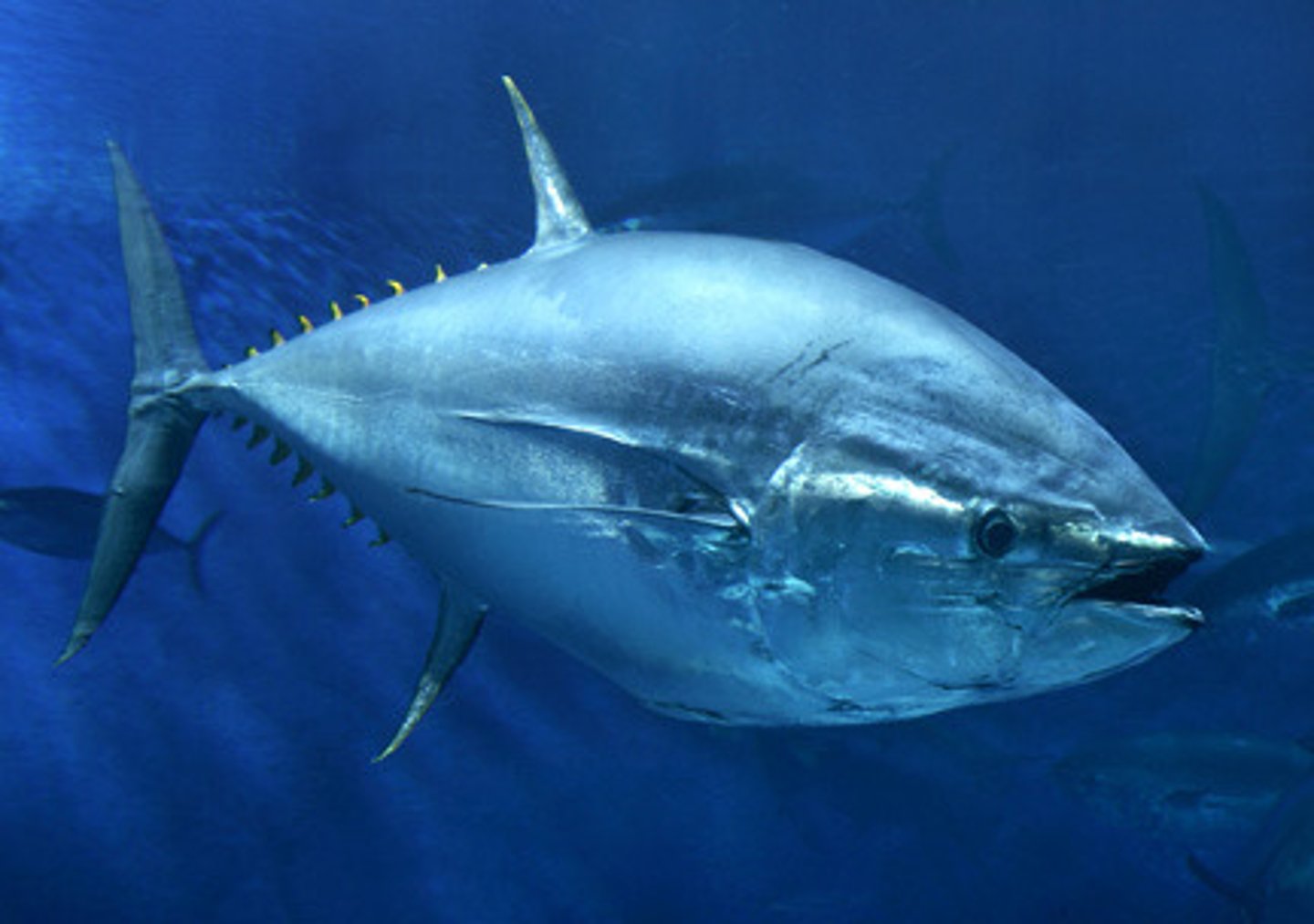
Poikilothermic organisms
Have body temperature that fluctuates with environment & rely on external conditions to regulate their activity levels.
Example: Fish, amphibians, reptiles
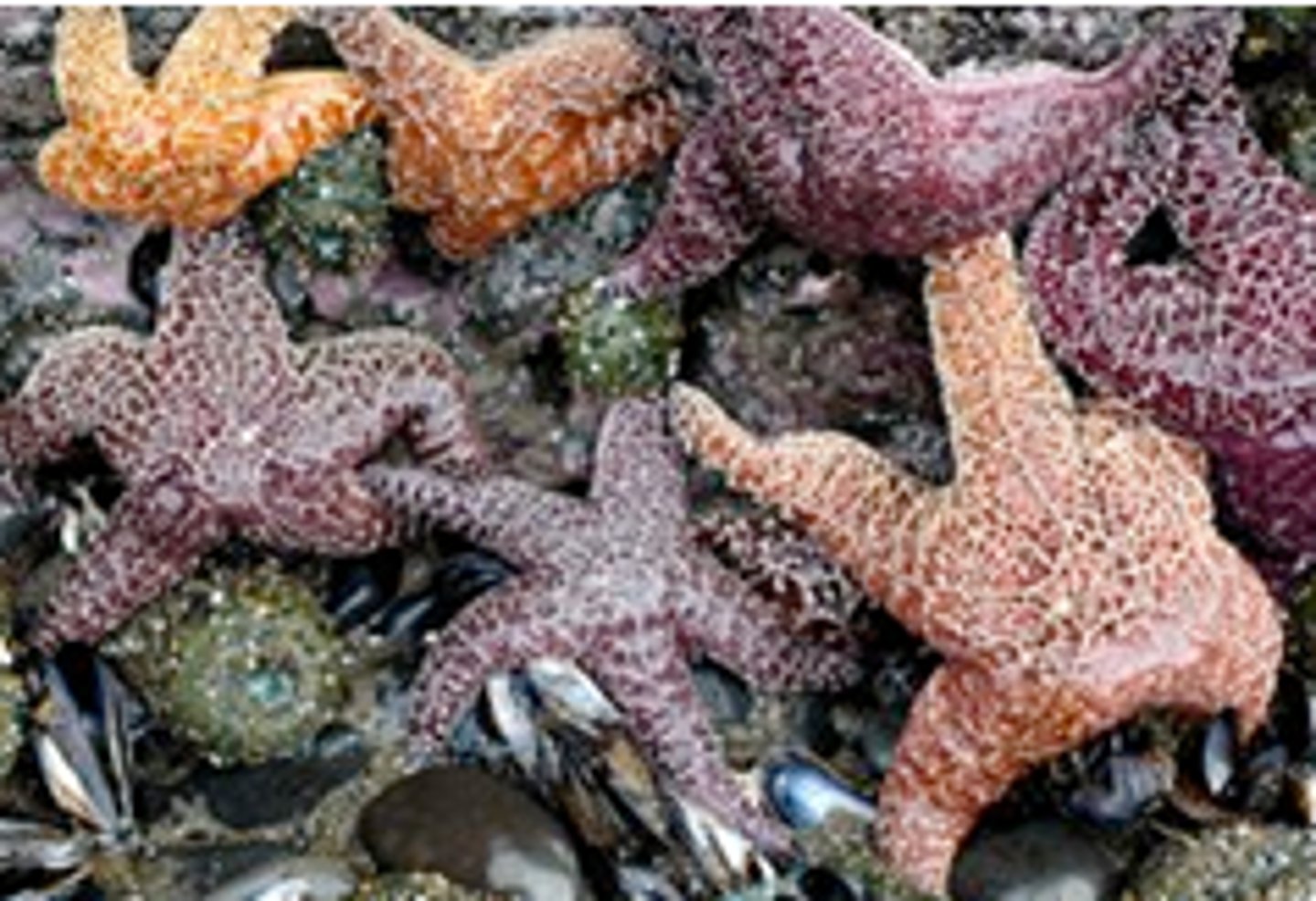
Greenland shark
Cold-water species found in Arctic and North Atlantic oceans. Poikilothermic. Known for extreme longevity (400 years old) one of the longest-living vertebrates.

Coral bleaching
Corals expel symbiotic zooxanthellae due to thermal stress.
Leads to loss of colour, reduced energy supply, increased mortality.
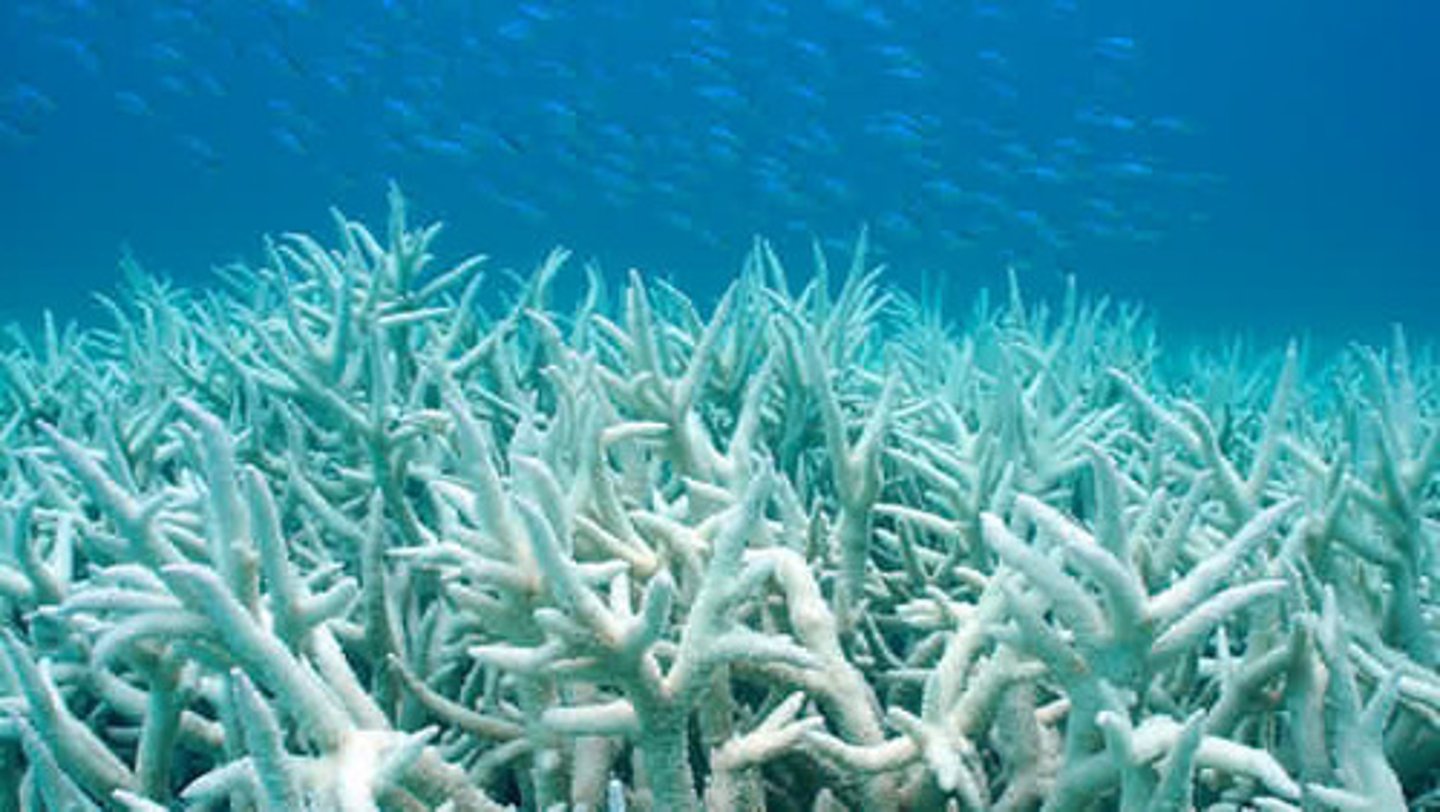
Frost stress
Low temperatures cause water in plant cells to freeze, leads to cell rupture, tissue damage, restricted species distribution in colder regions.
Salinity effects
High salt concentrations reduce plant water uptake, alter osmotic balance, restrict species distribution in saline environments.
Calciphobe
Plant species that prefer acidic soils, struggle in calcareous (high pH) environments.
Example: Rhododendron
Calciphile
Plant species that thrive in alkaline (calcium-rich) soils, absent from acidic regions.
Example: Clematis
Neutrophile
Species that tolerate broad pH range, survive in both acidic and alkaline conditions.
pH limitations
Most organisms cannot survive below pH 4.5 or above pH 9 due to enzyme denaturation and ion imbalance.
Aquatic species are highly sensitive to pH changes.
Fire-dependent ecosystems
Some ecosystems rely on periodic fires to clear competition, recycle nutrients, trigger seed germination.
Example: grasslands, pine forests
Serotinous cones
Seed cones that require fire, to open & disperse seeds
Example: Pinus species
Evapotranspiration
Combined process of water loss from plants (transpiration) & soil (evaporation).
Influences climate and local water cycles.
Temperature extremes
More critical in limiting species distributions than mean temperatures.
Persistence hunting
Human hunting strategy relying on endurance running to overheat, exhaust prey over long distances in hot climates.
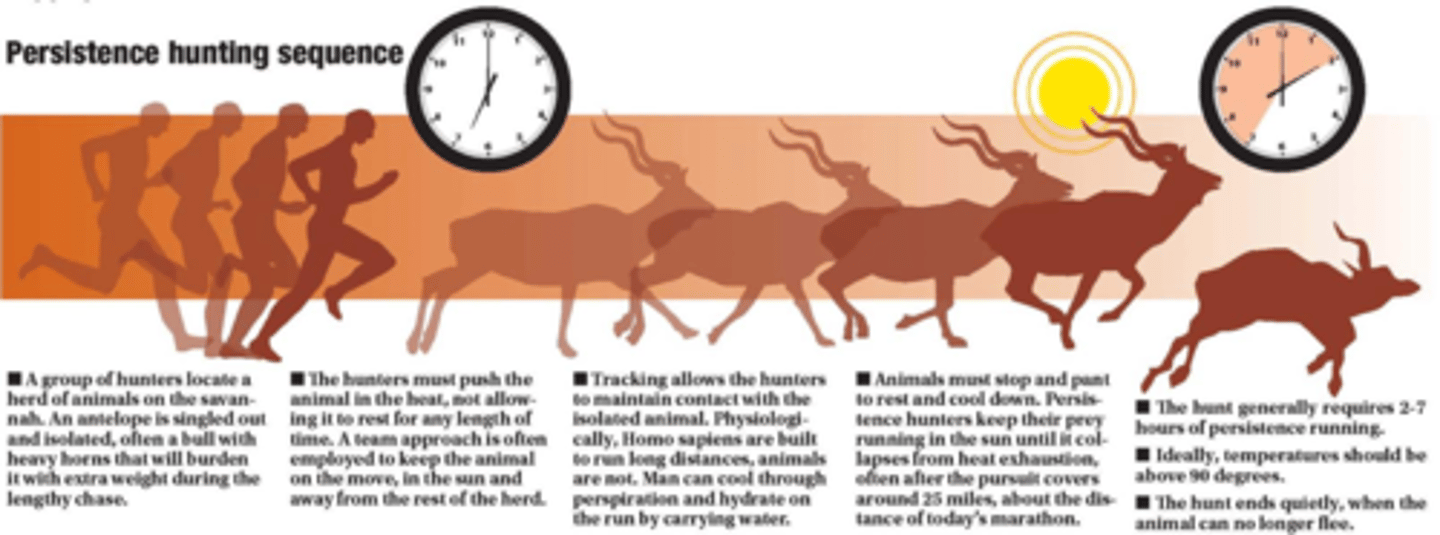
Thermophilic bacteria
Microorganisms that thrive in high-temperature environments.
Example: deep-sea hydrothermal vents
Climate envelope
Set of climatic conditions that define species' suitable habitat.
Dragonfly larval development
Depends on cumulative annual temperatures (degree days); larvae require a certain amount of heat accumulation to complete growth & metamorphosis, affects distribution in colder regions.